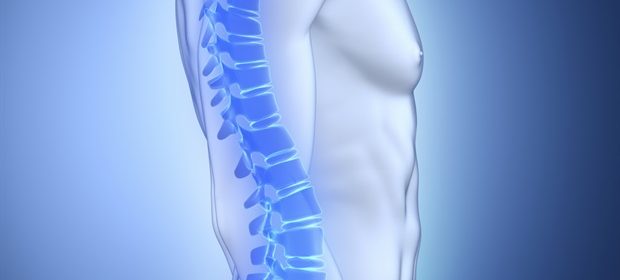Osteoporosis Diet

1. Get enough calcium each day.
Bones are made of calcium. The best way to prevent osteoporosis is to get enough calcium in your diet. You need enough calcium each day for strong bones throughout life. You can get it through foods and/or calcium pills, which you can get at the drug store. Talk with your doctor or nurse before taking calcium pills to see which kind is best for you.
Here's how much calcium you need each day.
|
Ages
|
Milligrams per day
|
|---|---|
| 9-18 |
1300
|
| 19-50 |
1000
|
| 51 and older |
1200 |
Pregnant or nursing women need the same amount of calcium as other women of the same age.
Here are some foods to help you get the calcium you need. Check the food labels for more information.
|
Food
|
Portion
|
Milligrams
|
Percent
|
|---|---|---|---|
| Plain, fat free (or low fat) yogurt |
1 cup
|
450
|
45
|
| American cheese |
2 ounces
|
348
|
35
|
| Milk (fat free or low fat) |
1 cup
|
300
|
30
|
| Orange juice with added calcium |
1 cup
|
300
|
30
|
| Broccoli, cooked or fresh |
1 cup
|
90
|
10
|
*% Daily Value tells you how much of the recommended daily amount of that nutrient is in that portion of food.
2. Get enough vitamin D each day.
It is also important to get enough vitamin D, which helps your body take in calcium. You can get vitamin D through sunlight and foods like milk. You need 10-15 minutes of sunlight to the hands, arms, and face, two to three times a week to get enough vitamin D. The amount of time depends on how sensitive your skin is to light, use of sunscreen, skin color, and pollution. You can also get vitamin D by eating foods or in your vitamin pills. It's measured in international units (IU).
Here's how much vitamin D you need each day.
|
Ages
|
IU per day
|
|---|---|
| 19-50 |
200
|
| 51-70 |
400
|
| 71 and older |
600
|
Here are some foods to help you get the vitamin D you need. Check the food labels for more information.
|
Food
|
Portion
|
IU
|
Percent
|
|---|---|---|---|
| Salmon, cooked |
3 1/2 oz
|
360
|
90
|
| Milk, nonfat, reduced fat, & whole, vitamin D fortified |
1 cup
|
98
|
25
|
| Egg (vitamin D is in the yolk) |
1 whole
|
25
|
6
|
| Pudding (made from mix & vitamin D fortified milk) |
1/2 cup
|
50
|
10
|
White milk is a good source of vitamin D, most yogurts are not.
3. Eat a healthy diet.
Other nutrients, like vitamin A, vitamin C, magnesium, and zinc, as well as protein, help build strong bones too. Milk provides many of these nutrients. But you can also get these nutrients by eating a healthy diet, including with foods that have these nutrients. Some examples are lean meat, fish, green leafy vegetables, and oranges.
4. Get moving.
Being active really helps your bones by:
- slowing bone loss
- improving muscle strength
- helping your balance
Do weight-bearing physical activity, which is any activity in which your body works against gravity. There are so many things you can do: walk, dance, run, climb stairs, garden, do yoga or tai chi, jog, hike, play tennis, or lift weights – it all helps!
5. Don't smoke.
Smoking raises a woman's risk of getting osteoporosis. It damages your bones and lowers the amount of estrogen in your body. Estrogen is a hormone made by your body that can help slow bone loss.
6. Drink alcohol moderately.
If you drink, do not drink more than one alcoholic drink per day. Alcohol can make it harder for your body to use the calcuim you take in.
7. Make your home safe.
Reduce your chances of falling by making your home safer. For example, use a rubber bath mat in the shower or tub. Keep your floors free from clutter. Remove throw rugs that cause you to trip. Make sure you have grab bars in the bath or shower.
8. Think about taking medicines to prevent or treat bone loss.
Talk with your doctor or nurse about the risks and benefits of medicines for bone loss.
Further Reading
- All Osteoporosis Content
- Bone Disease
- What is Osteoporosis?
- Osteoporosis Symptoms
- Osteoporosis in Men
Last Updated: Feb 27, 2019
Source: Read Full Article